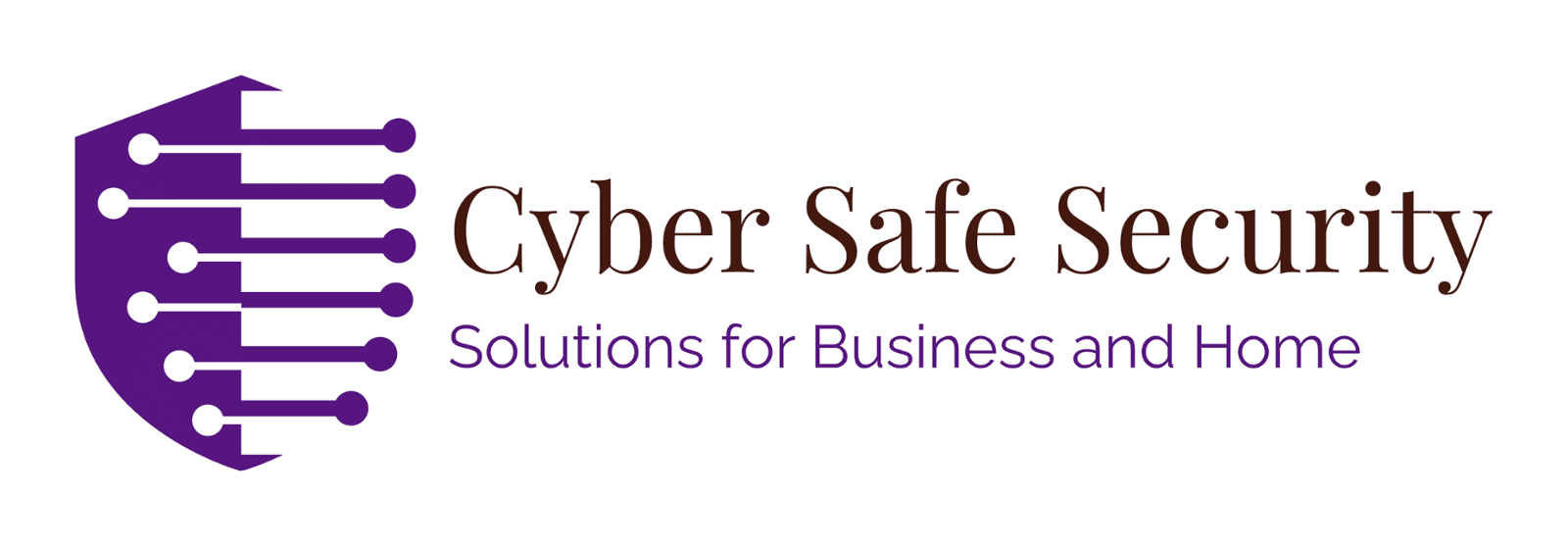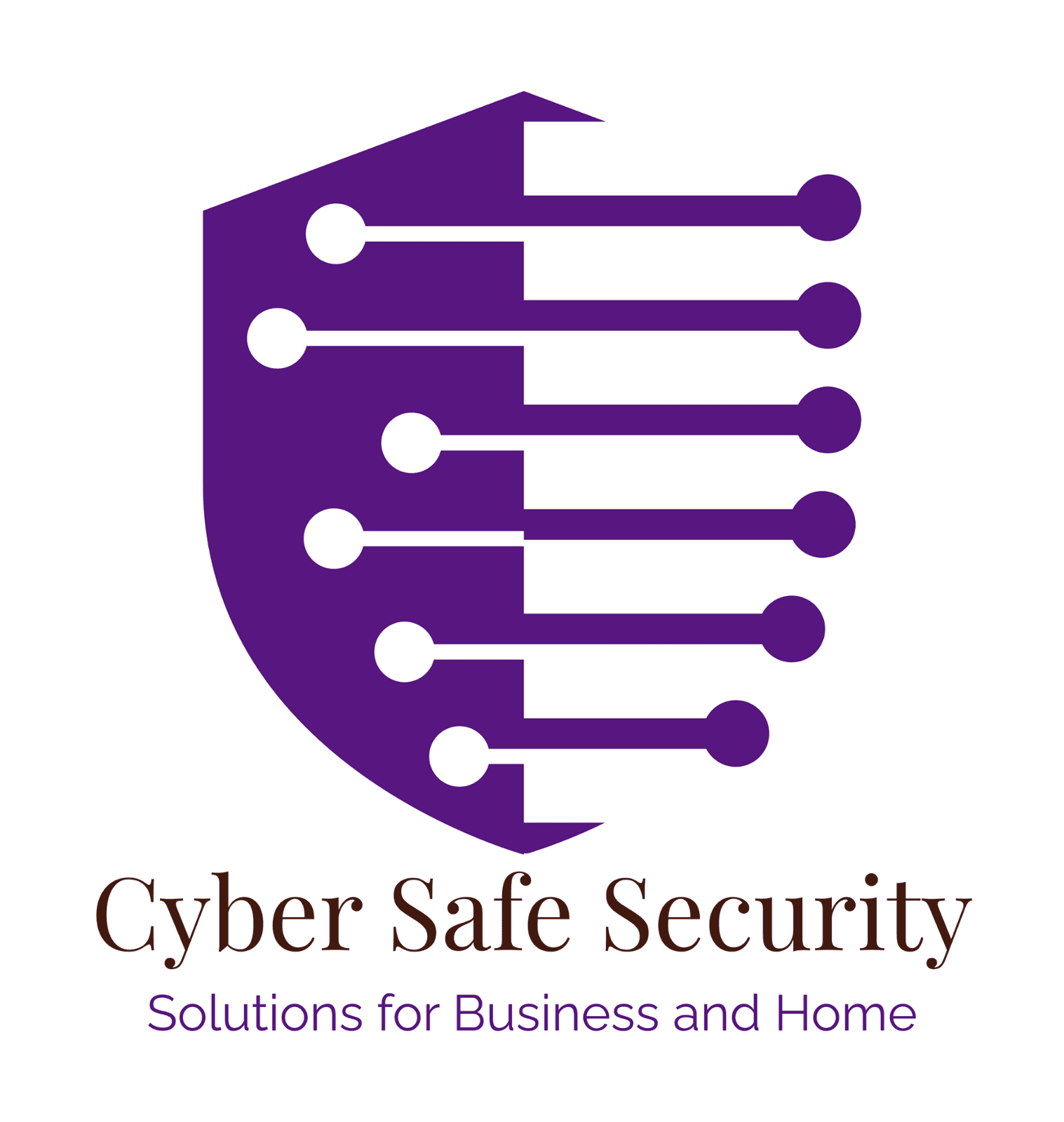Risk Types: Why Should You Care?
Business owners, schools, churches and IT need to care about their cyber practices to avoid data breaches, financial losses, and damage to their reputation. It doesn't have to be rocket-science.
Good cybersecurity is CRUCIAL for the success and safety of ANY business today.
Cyber Security is Information Security for Your Organization.
We've Got You Covered.
Who can keep up with technology security?
Cyber Safe Security!
Don't Leave It Up To Your IT Company Alone.
Be Knowledgeable. Be Proactive. Be Aware.

Organizations need an Enterprise, Unified, Layered, Security Program,
like layers on a cake. The more layers, the more security.
Anti-Malware - Designed to protect damage to a computer, server, client, or network
Anti-Virus - Designed to protect a specific type of malware that attaches itself to a clean file or program and spreads to other files or programs, often corrupting or modifying them.
Anti-Ransomware - Designed to protect a type of malicious software (malware) that encrypts a victim's files or system, rendering them inaccessible until a ransom is paid to the attacker.
Anti-Phishing - Designed to protect from attackers attempting to deceive individuals into revealing sensitive information, such as usernames, passwords, credit card numbers, or other personal details.
Anti-Bot - Designed to protect a range of harmful activities from digital "robots" that can impact individuals, organizations, and entire networks

How do we do this layered security protection?
Endpoint Security
Collects security-related device data, disk encryption and antivirus status, Next-Gen Firewall, Endpoint Allow/Block List.
Endpoint Detection and Response
Monitors devices for cyber threats and responds to them.
Email Security
Anti-Malware/Virus/Bot/Ransomware Scanning, Email Phishing Scan/Protection, Email Allow/Block List.
Cloud Security
Protects cloud-based data, applications, and infrastructure from cyber threats in O365, GSuite, Dropbox, Slack, and Salesforce.
RISK TYPES:
For more information, please contact:




